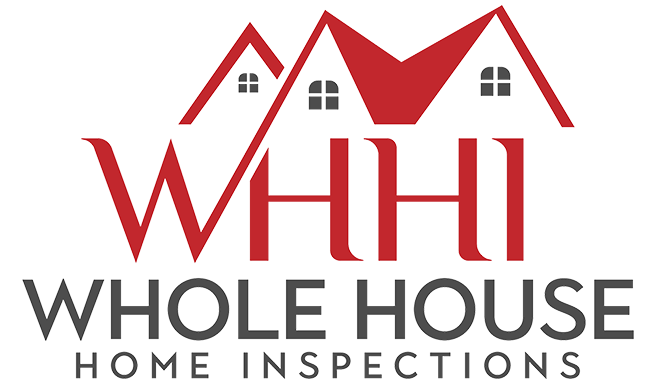You can’t see, smell, touch, or even taste it, but radon is a radioactive gas that’s now deemed the second leading cause of lung cancer besides smoking cigarettes. The naturally occurring gas starts out as uranium, a heavy metal commonly found in most rocks, water, and the ground throughout the planet.
When it decays, uranium turns into radium, another metal which becomes radon when it breaks down. It eventually gets released into the air or water to cause long-term and critical health concerns. Even though the gas comes from the earth, breathing it in large amounts can be toxic.
The radioactive gas is commonly found in concentrated amounts in homes built on natural soils comprising uranium deposits. But they can also enter through cracked walls, floors, construction joints, electrical wires, pipe gaps, and pits.
According to the EPA, 1 in every 20 homes in the US is likely to have increased radon levels. This emphasizes the importance of radon testing by reliable home inspectors qualified for the task. Before you book a property inspection with radon testing with us, here’s what the experts at Whole House Home Inspections want you to know about radon.
The Truth About Radon Poisoning
If large quantities of radon enter the body, they can cause harmful changes. Although one of the densest substances that remains a gas under typical circumstances, the odorless, colorless, and tasteless toxin is undetectable by the human senses.
Contrary to popular belief, radon poisoning doesn’t cause the harmful symptoms other radioactive substances cause. However, persistent exposures in larger amounts can damage the lining of the cells in our lungs. This increases the chances of a person developing lung cancer.
Moreover, while radon settles in crawl spaces and basements, the HVAC systems distributing the gas throughout the building mean even second-story spaces could potentially contain toxic radon levels.
To get things into perspective, nearly 20,000 Americans die from lung cancer annually due to radon exposure. While it takes anywhere between five to twenty years to develop, that’s how dangerous continuous radon exposure can be. Call us now to get radon levels at your home tested.
What are the Symptoms of Radon Poisoning
The symptomless toxic gas doesn’t give any meaningful exposure indication. Virtually no side effects can be identified until the cellular changes have already occurred to cause the damage that leads to lung cancer.
This is why taking all necessary precautions against radon exposure is important. If you or someone you know starts to feel chest pain, coughs up blood, or experiences breathing difficulties, immediately rush to a nearby healthcare facility to rule out cancer or other damage.
Radon Disclosure
Homeowners in many states across the US fill out disclosure forms as part of the property-selling process. They need to list all known defects like termite or mold infestation, foundation problems, and the health of the HVAC system, among other things.
While what must be disclosed varies from state to state, even if you’re not required to disclose radon levels, it’s the right thing to do. Invest in a pre-listing home inspection to reduce exposure potential.
If you’re a buyer, always ask the seller if the property has been tested for radon recently. If not, book a pre-purchase home inspection to ensure everything is worth the investment. We offer radon testing with EPA and NRPP certifications to ensure your house or office has safe levels of radon.
We recommend a complete property inspection which includes mold inspections, termite inspections, and infrared inspections. Our certified home inspectors are also trained to conduct drone inspections in Gwinnett County, Atlanta.
Hire our home inspectors now to ensure maximum safety when buying or selling a property.





